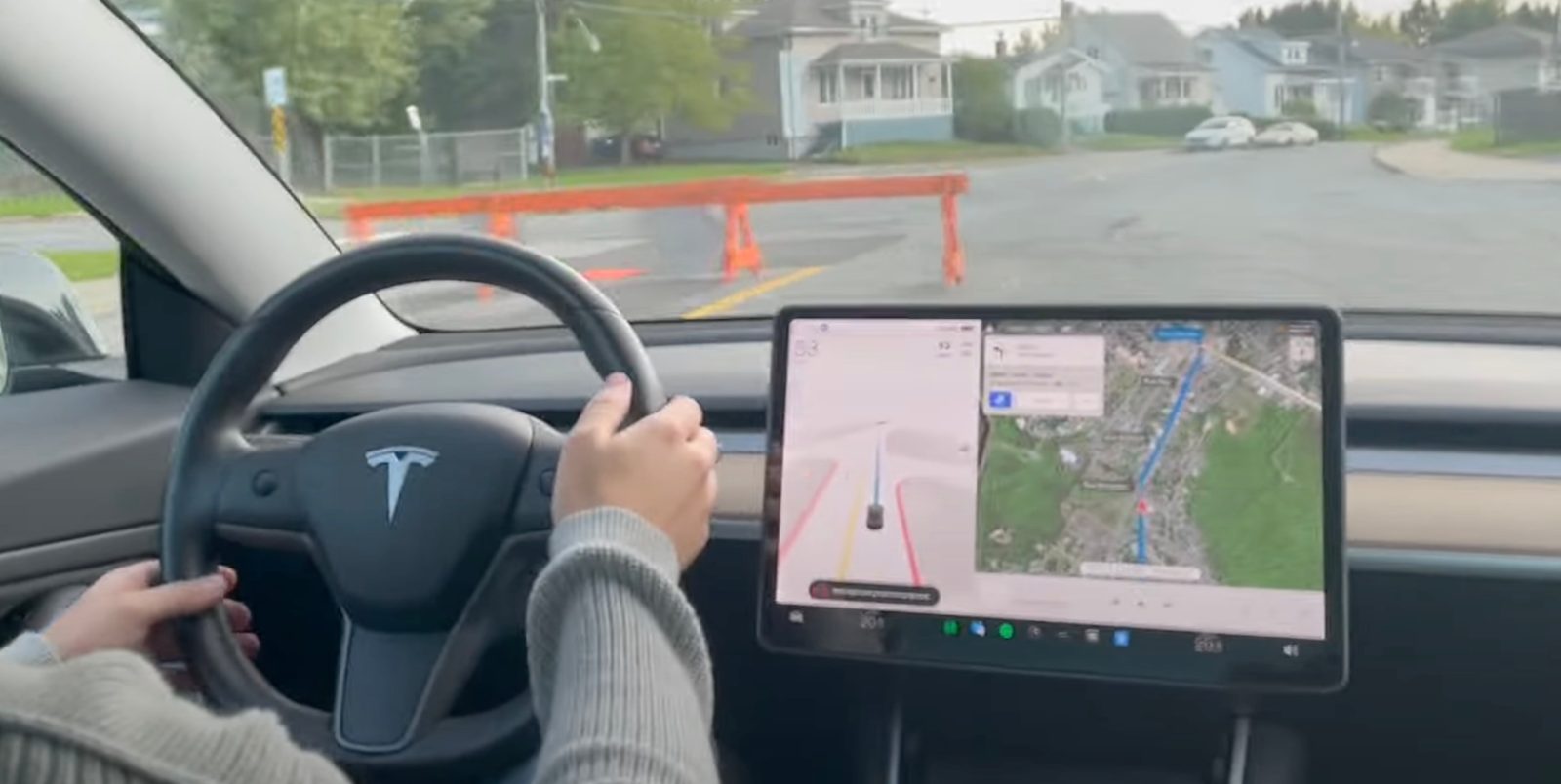Tesla Full Self-Driving data looks awful: We challenge Elon Musk to prove otherwise

The little data that is coming out of Tesla’s Full Self-Driving Beta looks awful, and that’s putting it mildly.
We challenge Elon Musk to prove otherwise by releasing disengagement and driver intervention data.
The post Tesla Full Self-Driving data looks awful: We challenge Elon Musk to prove otherwise appeared first on Electrek.
The little data that is coming out of Tesla’s Full Self-Driving Beta looks awful, and that’s putting it mildly.
We challenge Elon Musk to prove otherwise by releasing disengagement and driver intervention data.
To be clear, the Tesla Full Self-Driving Beta data in this article is very minimal, and therefore, it could not be fully representative of the actual capacity.
But that’s the point of the article. It’s unfortunately the best data available because Tesla has gone out of its way to not release disengagement data that other companies developing self-driving systems are making available.
A disengagement consists of the system disengaging whether by itself or by the driver in order to either avoid danger or comply with the rules of the road. Miles between disengagement have been useful data to track the progress of self-driving programs.
It’s not a perfect metric to track progress, but it’s one of the only ones we have right now and we should see improvements in it over time with more miles between disengagement or driver intervention.
While Tesla doesn’t release the data, a group of Tesla FSD Beta testers has been self-reporting data for a while now, and Taylor Ogan of Snow Bull Capital has tracked it to see the progress.
According to the data, miles driven per disengagement have gone down by 54% since March, and it currently sits around the same level it was around this time last year:
Based on this again limited set of data, Tesla FSD Beta can only drive a few miles between disengagement, while other self-driving programs, like Waymo and Cruise, are reporting tens of thousands of miles between disengagement on average.
These results are disappointing, as they point to very little to no progress in the FSD Beta program over the last year – at least based on this metric.
A few miles between disengagement has been my experience with Tesla FSD Beta in my own car.
If that’s not true, please prove it, Elon
Now that’s based on 72,000 miles of self-reported data compared to over 60 million miles driven on FSD Beta to date.
Therefore, I am completely open to the idea that the bigger dataset shows different results, but there’s no way to know unless Tesla releases that data. It’s not clear why the company is not doing it.
To be clear, I am not asking Tesla to release any sensitive information about the program here, but only data that all other companies developing self-driving programs have willingly shared for years now.
The data has been used to help gain confidence in these systems – some of which are already deployed commercially in California and Arizona.
Instead, Tesla CEO Elon Musk has repeatedly told people to “try FSD Beta for themselves” in order to gauge its progress. As if anecdotal evidence would be better at tracking progress than hard data on miles per disengagement.
At this point, it’s hard not to be suspicious about the possibility that the reason why Tesla is not releasing the data is that it looks bad for them – especially compared to Waymo and Cruise.
But how else are we going to be able to gain confidence in the system if we can’t see any tangible data pointing to improvements?
This is not coming from a hater or a TSLA short. This is coming from someone who paid good money for Tesla Full Self-Driving Capability package and who is losing faith in the company delivering on its promise.
So, Elon Musk, please release Tesla FSD Beta data and show a path toward delivering on your promises. Otherwise, we have to rely on this data to track progress, and it doesn’t look good.
FTC: We use income earning auto affiliate links. More.

